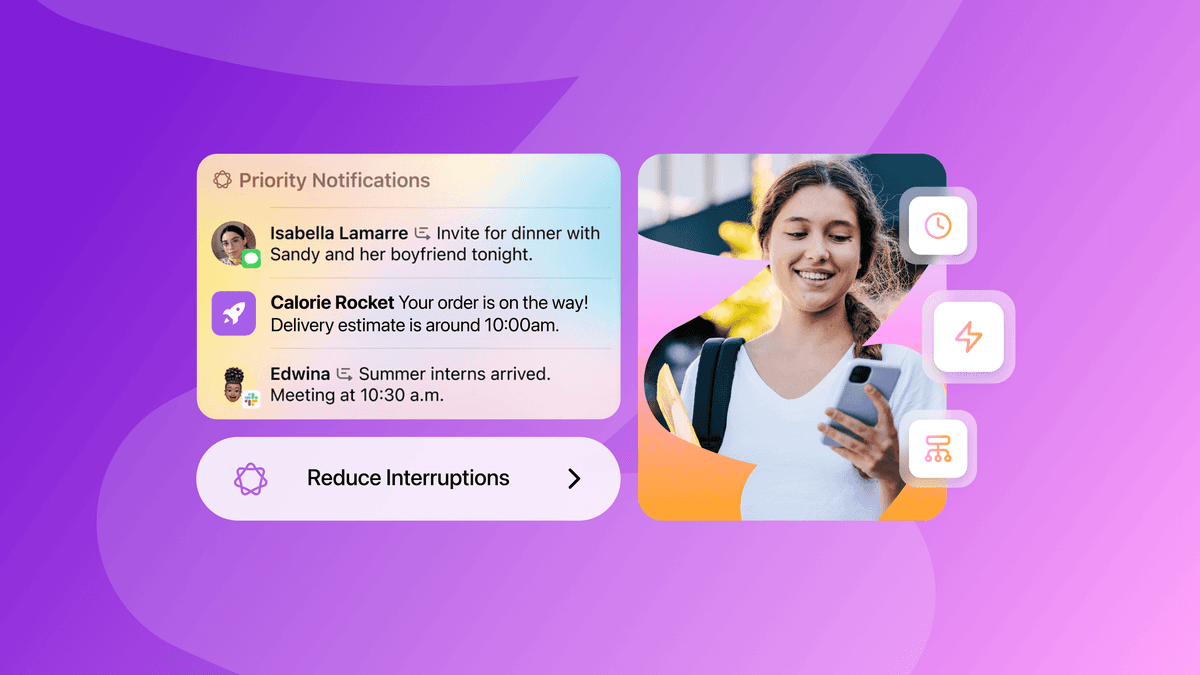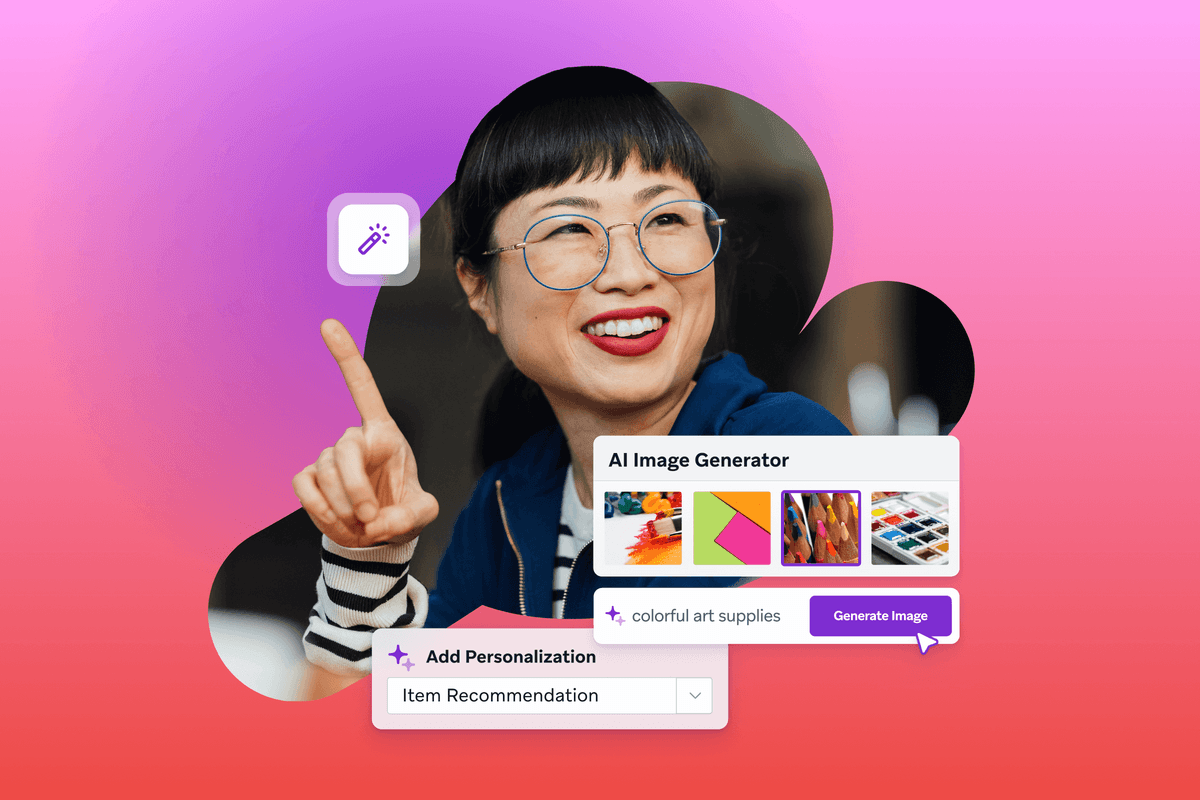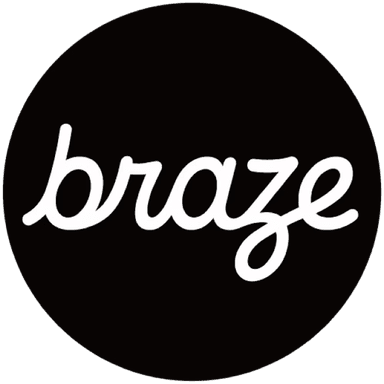SMS, RCS, WhatsApp, and more: Choosing the right channels for your audience
Published on April 11, 2025/Last edited on April 11, 2025/8 min read


Lexie Haggerty
Senior Product Marketing Manager, BrazeHere at Braze, we’ve long touted the importance of reaching your customers with relevant content at the right time and on the right channel. But with so many messaging apps beginning to open up their channels to marketers, the “right” channel may not be so obvious anymore. Between long-established channels like SMS/MMS, emerging channels like RCS, global powerhouses like the WhatsApp Business Platform, and region-specific standouts like LINE, picking the right messaging app channel can feel unclear. Add in the different features, regional preferences, and technical nuances that come with each and it can be even more overwhelming. To help out, we’ll be breaking down the various channel considerations and giving you the cheat code to help pick the best ones for your brand and customer base.
Which messaging app channels are right for your brand
When it comes to finding the right fit, you’ll want to focus on two key deciding factors. The first is how you can maximize your reach by connecting with your customers on the channels they prefer. The second is finding the right mix of features and capabilities that can help you maximize ROI and accomplish all of your desired use cases.
Maximizing Your Reach
The first thing that likely comes to mind when deciding on the right messaging app channels is reach—which apps are your customers using the most and how can you reach them with marketing messaging on those mediums and platforms?
There are a few elements that go into whether you can reach your customer base on a given channel: device-level support, carrier coverage, and regional popularity. Let’s take a look at each.
1. Device-level support
A key benefit of SMS, MMS, and RCS messages is that they’re delivered on apps that come pre-installed on consumers’ phones: iMessage for iPhones and Google Messages for Androids. That’s one reason SMS is such a popular, enduring channel—it’s ubiquitous and enabled on 100% of devices. RCS will likely become as ubiquitous as SMS, but it’s not quite there yet. While this newer protocol is available on 100% of Android devices, some iPhone users are still upgrading to iOS18.1, since Apple just started supporting RCS in the fall of 2024. As of early 2025, about 68% of iPhones are upgraded and RCS-enabled.
Unlike SMS, MMS, and RCS, third-party messaging apps like WhatsApp Messenger must be downloaded onto consumers’ phones from the app stores. But don’t let this fact dissuade you. Global giants like WhatsApp and other regional standouts like LINE and KakaoTalk have very high penetration rates in their preferred regions, with more than 96% of Brazilians downloading and using WhatsApp and 95% of Japanese consumers using LINE, for example. We’ll dive deeper into regional preferences in a bit.
2. Carrier support
Because SMS, MMS, and RCS require carrier support, mobile network coverage is another consideration for these channels. SMS is a long-standing channel, so carrier coverage is ubiquitous across the globe. MMS is unique in that it is only supported in the US (and Canada, Australia, and the UK on a more limited basis). Because RCS just recently gained Apple’s support, carrier coverage varies by region and is expected to uptick significantly in 2025 and beyond. Some countries with strong carrier support include the UK, Germany, the US, Singapore, Spain, Sweden, France, Italy, Brazil, Mexico, and Colombia. This list will continue to grow. Third-party messaging apps, on the other hand, deliver messages over an internet connection and don’t have the added complexity of carrier coverage. However, these apps may still have supported and unsupported countries depending on where their primary operations are, so be sure to take that into account. With global giants like WhatsApp, you can reach users in over 180 supported countries, but the WhatsApp Business Platform is pausing marketing message sending into the US starting April 1, 2025. More on this update and how you can adjust your strategy below.
3. Regional popularity
The last, but arguably most important element when looking at a channel’s reach, is its regional popularity and usage. After all, you want to reach users where they are—on the channels and platforms they prefer most.

Let’s take a deeper look into each region’s preferences when it comes to messaging apps, so you can figure out which apps are best based on where your customer base resides.
United States and Canada
Winner: SMS/RCS
Because of unlimited text messaging plans in the US, consumers tend to use the native messaging apps on their devices, making SMS and its successor, RCS, the go-to choice for marketers looking to reach their US customers. WhatsApp also recently announced that it is pausing marketing message sending into the US, so marketers previously sending to US customers via the WhatsApp Business Platform will need to look elsewhere. The natural alternative? RCS, which is the next generation of SMS, and offers a lot of the same rich, interactive capabilities as WhatsApp. RCS coverage is already strong in the US, so if you have a customer base in the US, consider upgrading your SMS to RCS. In Canada, carrier coverage for RCS hasn’t ramped up yet, so it’s best to stick with SMS for now.
Latin America
Winner: WhatsApp
Moving further down the Americas, WhatsApp is overwhelmingly used as the primary means of communicating with family and friends. In fact, more than 96 percent of the Brazilian population is an active user. WhatsApp is also widely used to order food, shop, transfer money, and complete other tasks in countries like Brazil and Mexico, making it the ideal platform for marketing messaging in the region.
Europe
Winner: SMS/RCS, WhatsApp
When it comes to messaging apps, Europe is a bit of a mixed bag. Northern European countries like Sweden lean more toward SMS/RCS. Mediterranean countries like Italy tend to prefer WhatsApp. Others, like the UK, tend to use both SMS/RCS and WhatsApp. In parts of Eastern Europe, Viber is popular.
If you have customers throughout Europe or in countries that use multiple channels, consider using both SMS/RCS and WhatsApp and then allowing your customers to self select into the channels they prefer. To help manage multiple channels, stand up a multi-channel preference center to give your customers a one-stop-shop to select and edit their preferences. Then leverage AI to deliver messages to each user’s most engaged channel in order to optimize performance. If you’re sending on multiple messaging app channels, it’s also important to pick a customer engagement platform that allows you to flexibly and easily shift message volumes across countries as you see fit.
The Middle East
Winner: WhatsApp
In the Middle East, global crowd pleaser WhatsApp is used heavily for peer-to-peer communications, making it the ideal choice for reaching users in the United Arab Emirates and other Middle Eastern countries.
Asia Pacific
Winner: Country dependent
Asia Pacific is perhaps the most fragmented market when it comes to messaging apps, with several players who are dominant in their home countries. In India and Singapore, WhatsApp tends to be most popular. In Japan, Thailand, Taiwan, LINE is the most prevalent messaging app. In South Korea, KakaoTalk dominates. Down under, Australia and New Zealand tend to lean more toward SMS. RCS carrier coverage in Australia and New Zealand hasn’t ramped up yet, so for now it is best to stick with SMS.
Features and capabilities
Now, if you’re a brand operating in a region that overwhelmingly prefers one channel over another, your choice might be obvious. But for others, the features and capabilities of the channel itself might also be a deciding factor, especially in countries and regions that use multiple channels. Here’s a quick chart to help break down the varying features and capabilities across channels.


Final thoughts
We covered a lot of ground, but there are a couple key questions you should be asking yourself when it comes to making decisions around the messaging app channels you’re using. When in doubt, consider:
- How can you maximize your reach by connecting with customers on the devices, platforms, and channels they prefer?
- What is the right mix of features and capabilities that can help you maximize ROI and accomplish all of your desired use cases?
Forward-Looking Statements
This blog post contains “forward-looking statements” within the meaning of the “safe harbor” provisions of the Private Securities Litigation Reform Act of 1995, including but not limited to, statements regarding the performance of and expected benefits from Braze and its products and features. These forward-looking statements are based on the current assumptions, expectations and beliefs of Braze, and are subject to substantial risks, uncertainties and changes in circumstances that may cause actual results, performance or achievements to be materially different from any future results, performance or achievements expressed or implied by the forward-looking statements. Further information on potential factors that could affect Braze results are included in the Braze Annual Report on Form 10-K for the fiscal quarter ended January 31, 2025, filed with the U.S. Securities and Exchange Commission on March 31, 2025, and the other public filings of Braze with the U.S. Securities and Exchange Commission. The forward-looking statements included in this blog post represent the views of Braze only as of the date of this blog post, and Braze assumes no obligation, and does not intend to update these forward-looking statements, except as required by law.
Related Content
View the Blog
How iOS 18 is shaping customer engagement—and what marketers can do about it

Haley Trost

Harnessing machine learning in marketing: Benefits, use cases and best practices

Team Braze

The future of payments: Enhancing innovation and trust in a changing landscape
